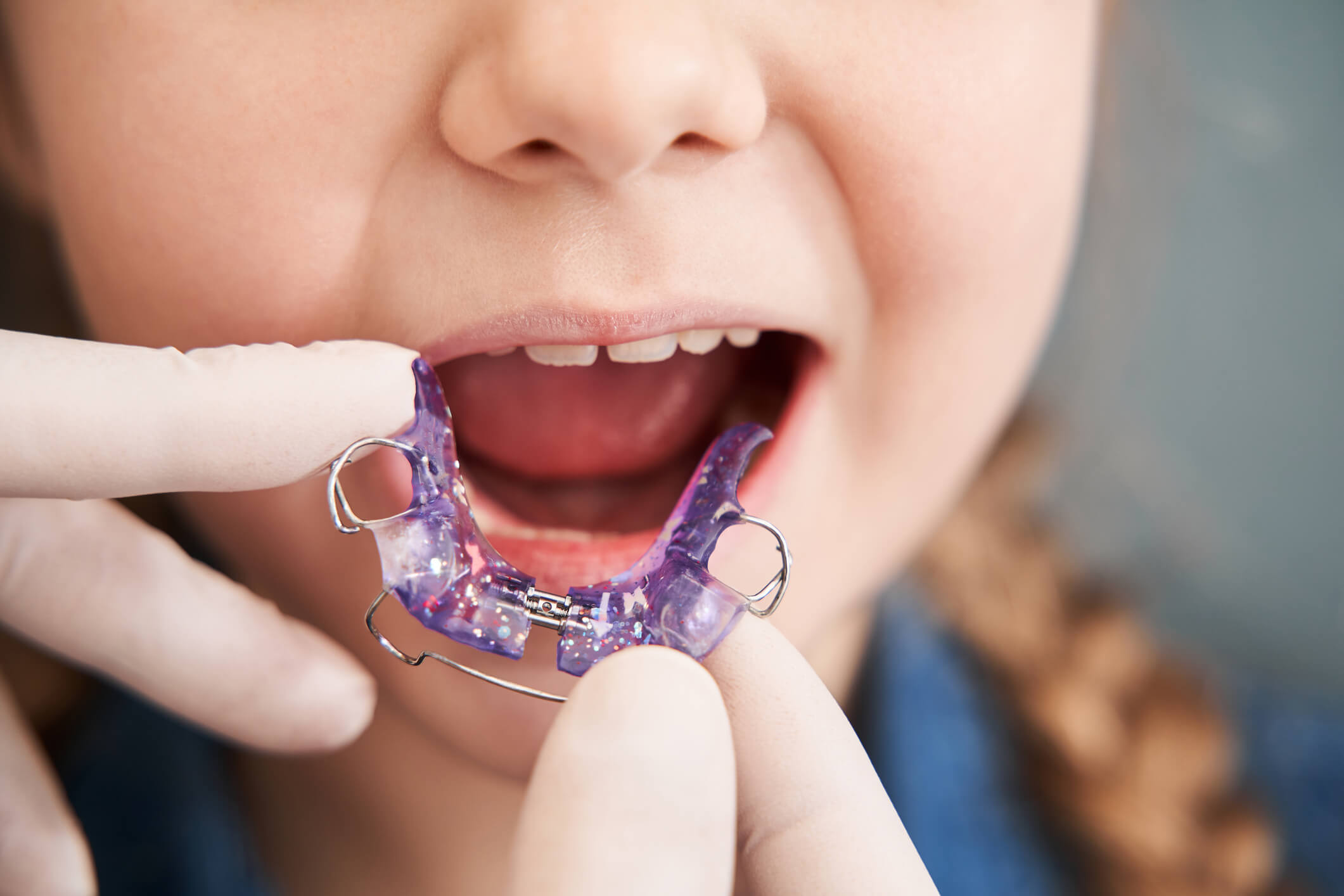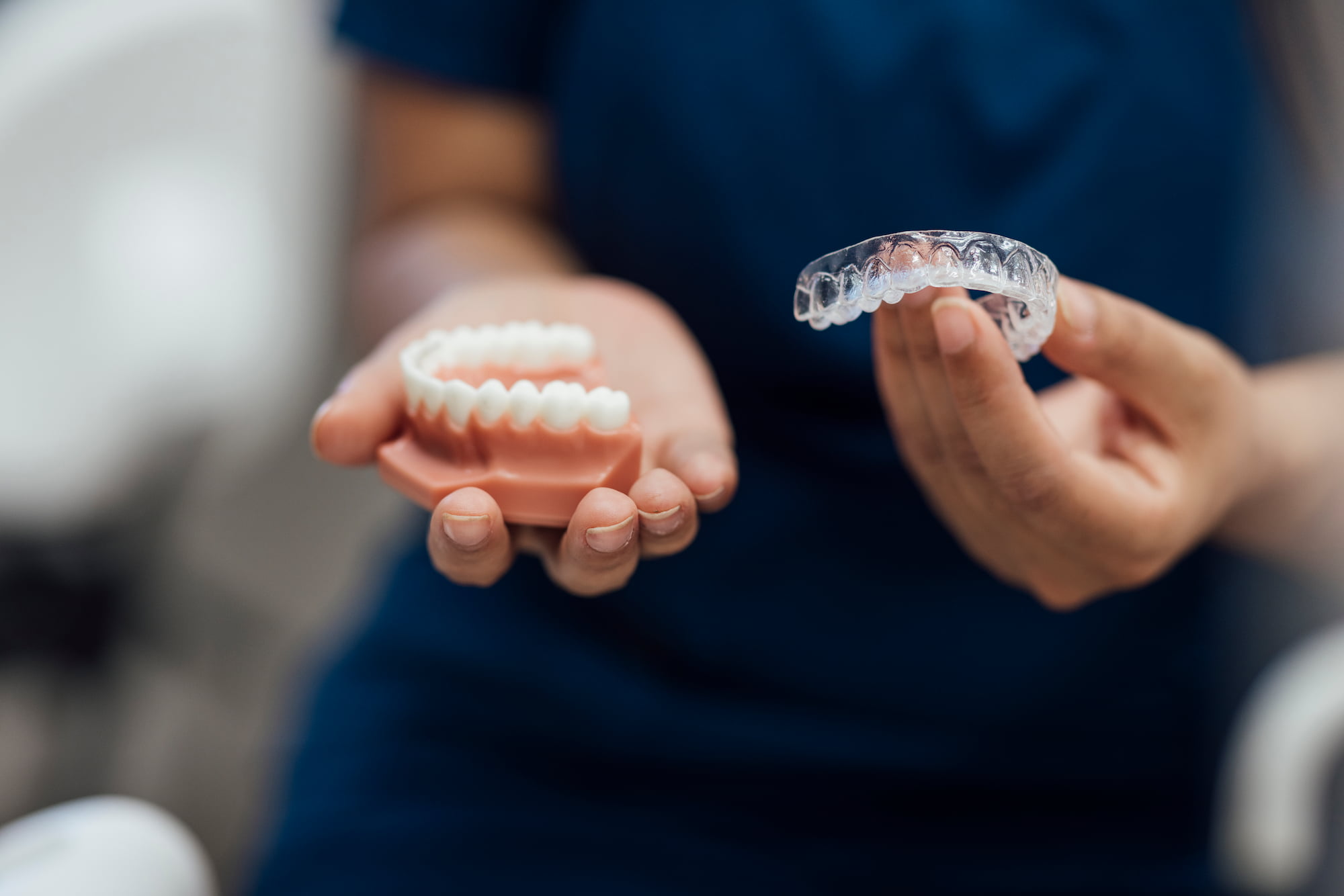Orthodontics

Orthodontic evaluation
The Canadian Association of Orthodontists recommends an orthodontic evaluation as early as age 6 or 7. The first permanent molars erupt at this age, allowing for an assessment of the relationship between the upper and lower teeth. A variety of dental problems can also be detected.
The orthodontic examination can also detect skeletal problems as well as some functional problems of the jaw.
The x-rays taken during the orthodontic examination are very revealing of the future position of the teeth. For some children, it will be necessary to intervene as early as 7 years of age, while for others, the intervention will be done at the most opportune time according to their growth pattern.
Orthodontic treatments may involve two phases:

Phase 1
Phase 1 often consists of wearing a palatal expander, retainer, orthodontic separator, removable or fixed appliance. These appliances allow for additional jaw growth and create space for the permanent teeth. For some children, only phase 1 is necessary.

Phase 2
In other cases, a second phase is necessary: fixed orthodontics. This is commonly called “braces”. This phase, the duration of which is determined according to the complexity of the treatment, can take two forms: traditional brackets made of metal or ceramic, and evolving transparent shells. Phase 1 is optional. In fact, it is possible to use only phase 2.

Spark orthodontic aligners
Spark invisible aligners are a modern, discreet solution for tooth alignment. Made from high-quality materials, they offer optimum comfort and are highly effective in correcting many orthodontic problems. Unlike traditional braces, Spark aligners are virtually invisible, allowing patients to continue their treatment with complete confidence. What’s more, they’re easy to remove for eating or brushing, offering extra flexibility during treatment. An ideal solution for those wishing to continue orthodontic treatment discreetly.
